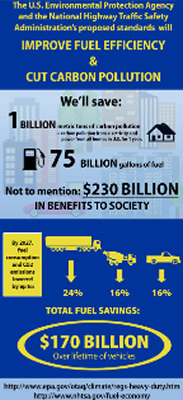Sources: American Concrete Pavement Association, Rosemont, Ill.; CP staff
Former National Highway Traffic Safety Administration chief Nicole Nason (2006-2008) has been nominated to lead the Federal Highway Administration, a post where she would extend a deep tenure with the Executive and Legislative branches of the Federal government.
Read More


